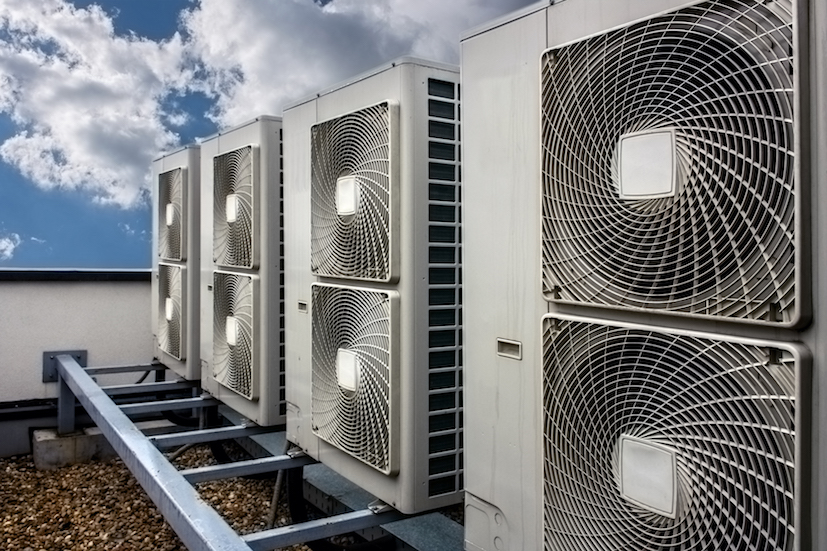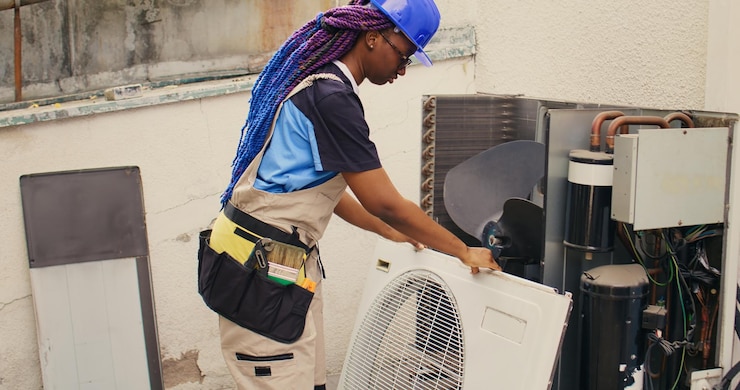As technology advances, the role of AI for indoor air quality monitoring is becoming more prominent. The quality of air we breathe indoors has a significant impact on our health and well-being. With the rise of urban living and the increased time spent indoors, ensuring clean air is more important than ever. AI offers a revolutionary approach to understanding and improving indoor air quality.

Why Indoor Air Quality Matters
Indoor air quality is crucial because most people spend around 90% of their time indoors, whether at home, work, or other enclosed environments. Poor air quality can lead to numerous health issues, including allergies, asthma, and other respiratory conditions. Understanding and monitoring the air we breathe indoors is essential for maintaining health and comfort.
The Role of AI in Monitoring Air Quality
AI-based systems are designed to continuously monitor air quality levels, providing real-time data and analytics. These systems use sensors to detect pollutants and other harmful particles in the air, such as carbon dioxide, volatile organic compounds (VOCs), and particulate matter (PM). By integrating AI, these systems can predict air quality trends and provide insights into potential sources of pollution.
How AI Enhances Air Quality Monitoring
AI enhances traditional air quality monitoring methods by offering more accurate and timely data. Machine learning algorithms analyze vast amounts of data to identify patterns and predict changes in air quality. This allows for proactive measures to be taken before air quality deteriorates to harmful levels.
Benefits of Using AI for Air Quality Monitoring
- Real-time Monitoring: AI systems provide up-to-the-minute data on air quality, allowing for immediate action when necessary.
- Predictive Analysis: By analyzing historical data, AI can forecast future air quality conditions, helping to prevent potential issues.
- Cost Efficiency: With AI, resources are used more efficiently, reducing the need for manual monitoring and maintenance.
- Improved Health Outcomes: Better air quality leads to healthier indoor environments, reducing the risk of health issues related to poor air.
Challenges in Implementing AI for Air Quality Monitoring
Despite its benefits, implementing AI for indoor air quality monitoring comes with challenges. These include the initial cost of setting up AI systems, the need for ongoing maintenance, and ensuring data privacy and security. Additionally, integrating AI with existing systems can be complex and require specialized knowledge.
Case Studies: Successful AI Implementations
Several organizations have successfully integrated AI into their air quality monitoring systems. For instance, smart factories are using AI to maintain optimal air quality, which is crucial for both employee health and product quality. These implementations have resulted in improved air quality and significant cost savings.
Future of AI in Indoor Air Quality Monitoring
The future of AI for indoor air quality monitoring looks promising. As technology continues to evolve, AI systems will become more sophisticated, offering even greater accuracy and efficiency. With the growing awareness of the importance of air quality, more organizations are expected to adopt AI solutions.
Integrating AI with Other Technologies
AI’s potential is further enhanced when integrated with other technologies, such as the Internet of Things (IoT) and smart HVAC systems. This integration allows for a more comprehensive approach to air quality management, providing holistic solutions for healthier indoor environments.
Conclusion
The adoption of AI for indoor air quality monitoring represents a significant step forward in maintaining healthier indoor environments. By providing accurate, real-time data and predictive insights, AI helps ensure that the air we breathe indoors is clean and safe. As technology continues to advance, the role of AI in air quality monitoring will only grow, offering new opportunities for innovation and improvement.

FAQs
How does AI improve indoor air quality?
AI improves indoor air quality by providing real-time monitoring, predictive analysis, and efficient resource usage, leading to healthier indoor environments.
What are the challenges of using AI in air quality monitoring?
Challenges include initial setup costs, ongoing maintenance, data privacy concerns, and the complexity of integrating AI with existing systems.
What is the future of AI in air quality monitoring?
The future of AI in air quality monitoring is promising, with advancements in technology leading to more accurate and efficient systems.
For more information on how AI is revolutionizing HVAC systems and improving air quality, visit this article and learn more about AI’s role in HVAC diagnostics here.
This article contains affiliate links. We may earn a commission at no extra cost to you.
